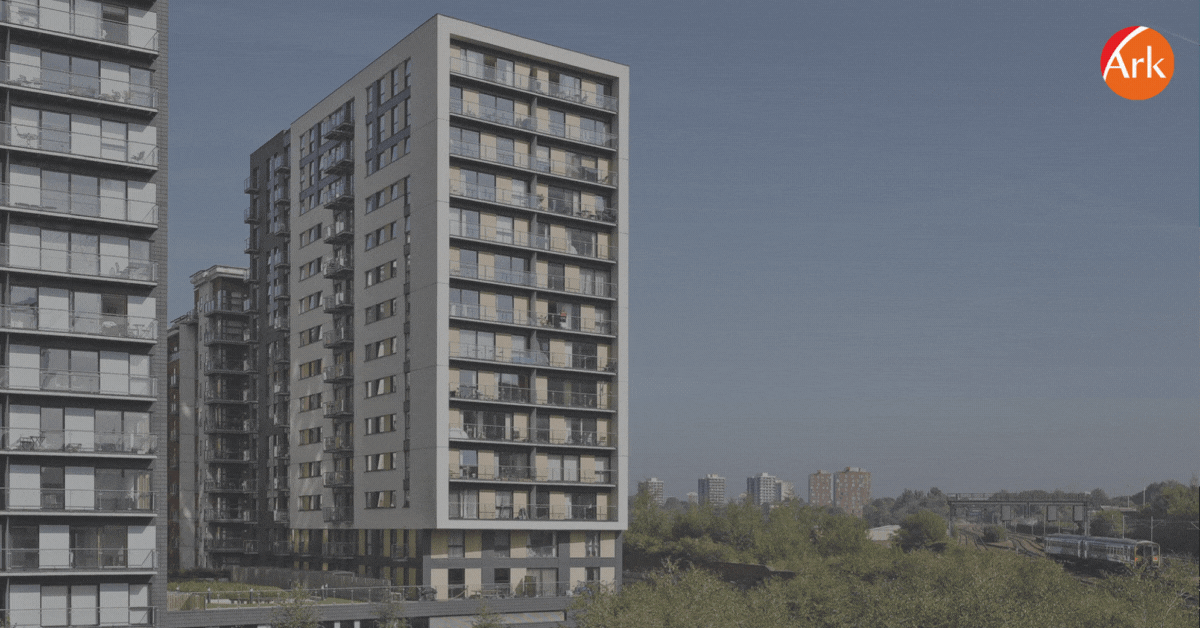The UKAA and Ark are working in collaboration to bring updates and insights to help built-to-rent (BTR).
The new Building Safety Act introduced unprecedented legal changes impacting Accountable Persons including investors, lenders and managers. This webinar gave clarification on what the new Safety Case entails, as we demystified the topic and the risks organisations are faced with.
Watch a replay of the webinar here where industry expert, David Hills FRICS, FIIRSM, MIFireE, MSFPE, RSP | Senior Director at Ark, shared valuable insights completed with a short Q&A session.
Here is a snippet of what was shared during the webinar...
The difference between a Safety Case and a Safety Case Report
Safety Case
- The safety case is all the information and systems you use to manage:
- the risk of fire spread; and
- the structural safety of your building
Safety Case Report
- The Safety Case Report is a narrative document that summarises your safety case
- It identifies your building’s major fire and structural hazards
- It shows how you are managing the risks as far as you can.
The Safety Case and Accountability – demystify the uncertainty of who, what and when?
Who
- Principal Accountable and Accountable Persons
What
- Obtain, maintain/update, store and make available relevant information (Safety Case)
- Prepare Safety Case Report
- 25 other requirements and activities
And more…
When
- Our advice is that you should be starting to be developing and collating the safety case NOW.
- Develop your safety case report –ASAP
- If the legislation gets passed as expected:
- For existing buildings -will be a requirement to have these in place by April / May 2023.
- For new builds -Building Safety Act requires that the Safety Case and Report must be available “as soon as reasonably practicable” after the “relevant time” i.e. the time when the building has or is occupied.
- For new builds -Building Safety Act requires that the Safety Case and Report must be available “as soon as reasonably practicable” after the “relevant time” i.e. the time when the building has or is occupied.
Enterprise risk assessment/ESG – considering the impact on the investment
Regulatory
- Legal –possible 2 year jail sentence, unlimited fine –or both on indictment
- Loss of Key Personnel –sentencing and/or disbarred
Reputation
- Inability to attract investment
- Inability to attract leaseholders
Business Continuity
- Can no longer operate as a business due to lack of control and finances
- Delays in deals and occupation
Financial
- Income loss -ability for regulator to take the property and finances under their control
- Increased insurance premiums
Preparing the safety case – outlining and considering what information is needed and how these can be gathered
- The safety case end-to-end process includes: undertaking a gap analysis, gathering and storing available Safety Case information, documents and systemised monitoring and managing.
The Safety Case report – structuring your report
Content and detail is a matter for the PAP and AP to determine taking into account:
- the hazards
- the building safety risk assessments
- the safety arrangements
- specific issues for that particular building
“It is not appropriate to produce a safety case report template to be filled out.”
For more information and to register for future webinars click here.




Leave Comment